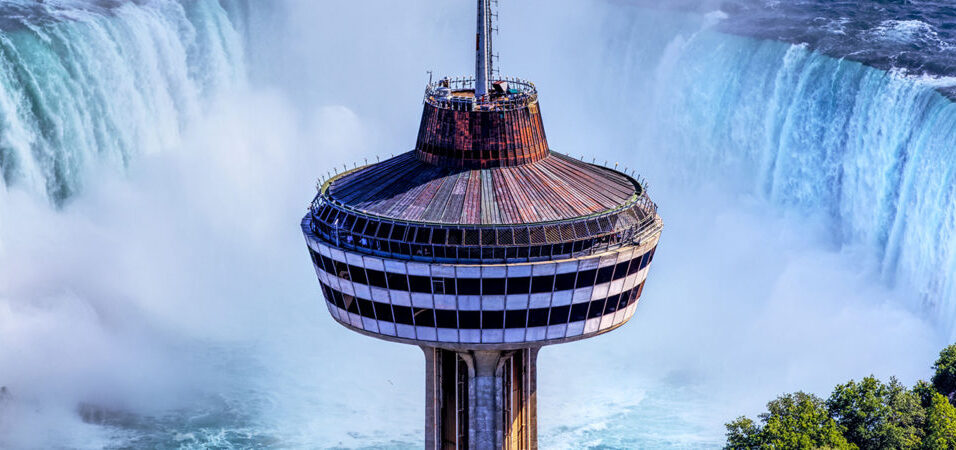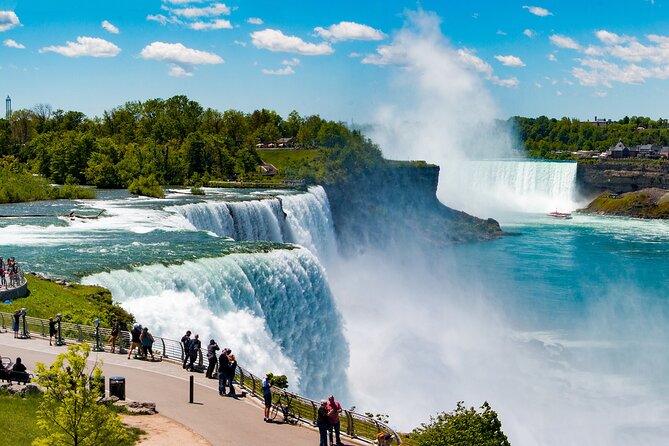Kedarnath Temple
Kedarnath, one of the Chhota Char Dham (the other three are Badrinath, Gangotri, and Yamunotri), and one of the five Panch Kedar pilgrimages dedicated to Lord Shiva, is located in the Rudraprayag district of Dev Bhoomi Uttarakhand at an elevation of 3,581 meters above sea level. Kedarnath is one of Lord Shiva’s 12 Jyotirlingas, majestically jewelled at the head of the Mandakini River.
Kedarnath lingam, located 14 kilometres from Gaurikund, is pyramidal in shape, with a rock statue of a bull representing Nandi at the temple’s entrance. Other attractions at the temple include statues of the Pandava brothers, Draupadi, Lord Krishna, and Virabhadra. Adi Shankaracharya is believed to have revived the Kedarnath temple, as well as Badrinath and other pilgrimages in Dev Bhoomi, Uttarakhand. Adi Shankaracharya is believed to have attained Mahasamadhi at Kedarnath. Adi Shankaracharya’s Samadhi mandir (temple) is located behind Kedarnath Temple.
Legend of the Kedarnath Temple
The story of Kedarnath’s formation is linked to Panch Kedar, which dates back to the Dwapar Yuga, when Pandavas and Kauravs, sons of kin brothers Pandu and Dhritarastra of Bharat Bansa (clan), fought a holy war as described in the Hindu holy epic Mahabharata. The Mahabharata became a kind of world war, killing millions of people from various states who participated. Following the conclusion of the sacred battle of Mahabharata in Kuruchhetra, the Pandavas, who emerged victorious, harbored feelings of guilt for the deaths of their kinsmen, Brahmins, and others during the conflict. Lord Krishna suggested that the Pandavas seek salvation from Lord Shiva.
Do you want to visit Char Dham? Char Dham Travel Agent is the best place to plan your Char Dham tour. You can book the tour from here.
Lord Shiva did not want to meet the Pandavas because he was dissatisfied with their actions during the war, so he disguised himself as a bull-nandi. However, Pandavas recognised the grazing bull at Guptakashi as Lord Shiva and attempted to catch him. Lord Shiva dived into the earth, reappearing in five different locations with five different body parts each. When the Pandavas realised Lord Shiva had reappeared in five different places, they built temples in each of them and thus received salvation from Lord Shiva. Lord Shiva dived at Kedarnath; his hump remained there; and various body parts appeared at different places, including hair (jata) at Kalpeshwar, navel (nabhi) and stomach at Madhyamaheshwar, face at Rudranath, and arms (bahu) at Tungnath.
Kedarnath Temple Tourism
Every year, thousands of religious tourists visit Kedarnath temple, especially during the Char Dham yatra season, which spans from May to October. When visiting Kedarnath, pilgrimage tourists prefer to visit all five Panch Kedar pilgrimages, beginning with Tungnath, then moving on to Rudranath and Madhyamaheshwar. Kalpeshwar is the fourth, and Kedarnath is Panch Kedar’s last pilgrimage. On the return journey, Kedarnath is the first Panch Kedar pilgrimage.
Heavy snowfall keeps Kedarnath closed during the winter, but people transport the shrine to Ukhimath and worship there instead. The char dham yatra tour operators Rawals from Karnataka serve as the head priests of Kedarnath temple, and their assistants carry out pooja under their guidance.
Kedarnath experienced a devastating flood on June 16, 2013, claiming hundreds of lives and physical entities. Hindu devotees attribute the salvation of the Kedarnath temple to Lord Shiva’s power.
Would you like to visit Indiar? A tour operator in India is the best place to plan your tour. You can book a tour from here.
When is the best time to visit the Kedarnath Temple?
Devotees can visit Kedarnath temple from April to October, avoiding the monsoon season. Kedarnath temple is open from April/May to October, depending on the Hindu calendar. Monsoons cause landslides, roadblocks, and other hazards during the trip.
How do I get to Kedarnath Temple?
Tourists can either trek through a paved path from Gaurikund to Kedarnath or ride a horse to the temple. Visitors can travel to Gaurikund from Dehradun, char dham yatra Haridwar, and Rishikesh via the Muni ki Reti-Devprayag-Srinagar-Rudraprayag-Agastmuni-Ukhimath or Narendranagar-Chamba-New Tehri-Ghansali-Agastmuni-Ukhimath routes.
By air: The nearest airport is Jolly Grant, 229 kilometres from Gaurikund, via Rishikesh, Devprayag, and Rudraprayag.
By train, Gaurikund is 253 kilometres away from Dehradun, 212 kilometres from Rishikesh, and 236 kilometres from Haridwar.
Motorable roads connect Gaurikund to the rest of Uttarakhand effectively. Dehradun ISBT is 256 kilometres, Rishikesh is 215 kilometres, Haridwar is 235 kilometres, Uttarkashi is 226 kilometres, Tehri is 181 kilometres, Devprayag is 141 kilometres, Srinagar is 109 kilometres, and Rudraprayag is 74 kilometres from Gaurikund.
Would you like to visit Haridwar? Travel agents in Haridwar are the best place to plan your trip. You can book your tour right here.
Places nearby:
Vasuki Tal and Ukhimath. In Ukhimath, Rudraprayag district, people worship Lord Kedarnath and Madhyamaheshwar during the winter, as the Kedarnath temple remains closed due to heavy snowfall. At 1,317 metres above sea level, Ukhimath offers breathtaking views of snow-capped Himalayan peaks and ancient temples dedicated to Usha (the daughter of Banasur, from whom Ukhimath derives its name), Lord Shiva, Goddess Parvati, Aniruddha, and Mandata.
The Gangotri Glacier






